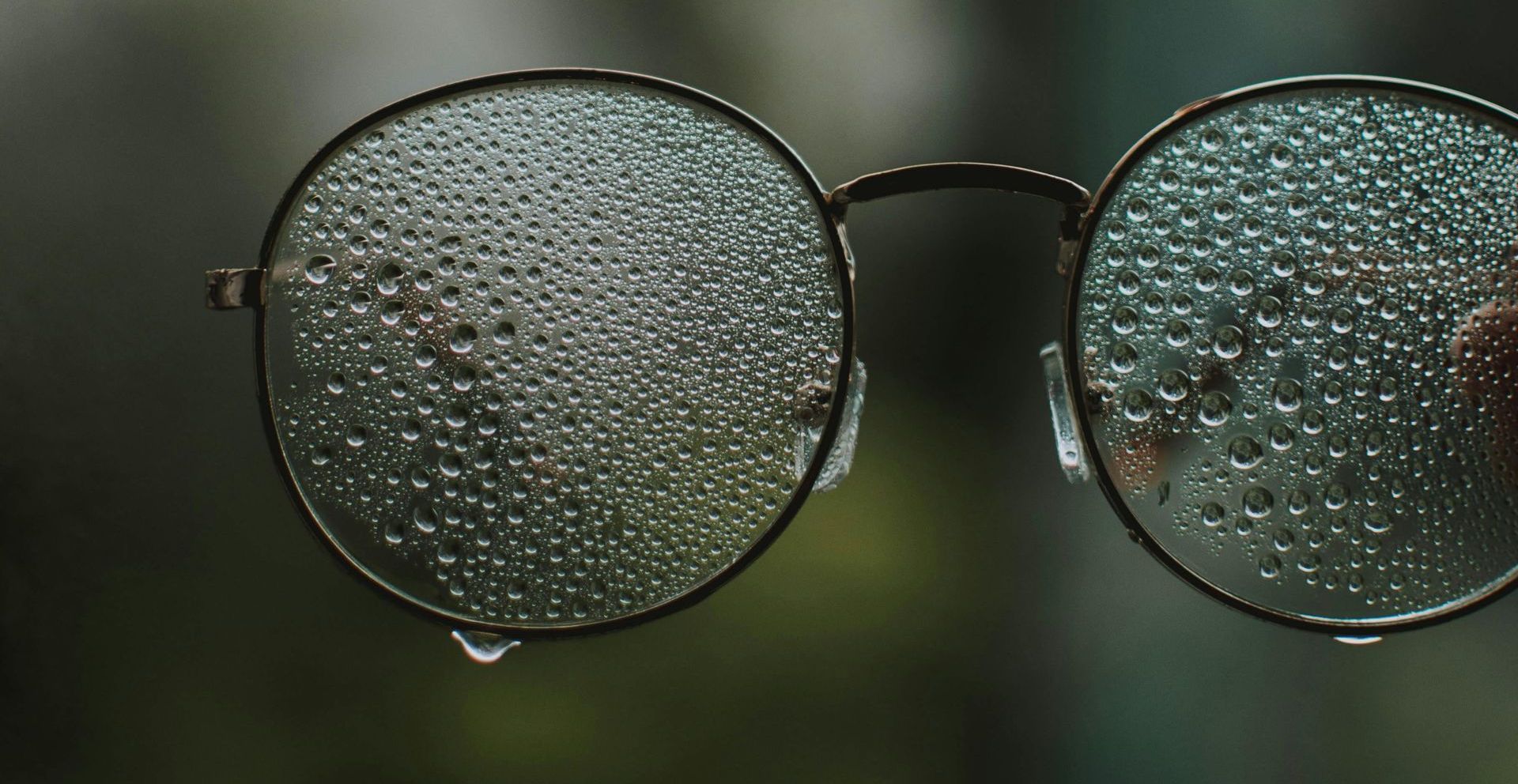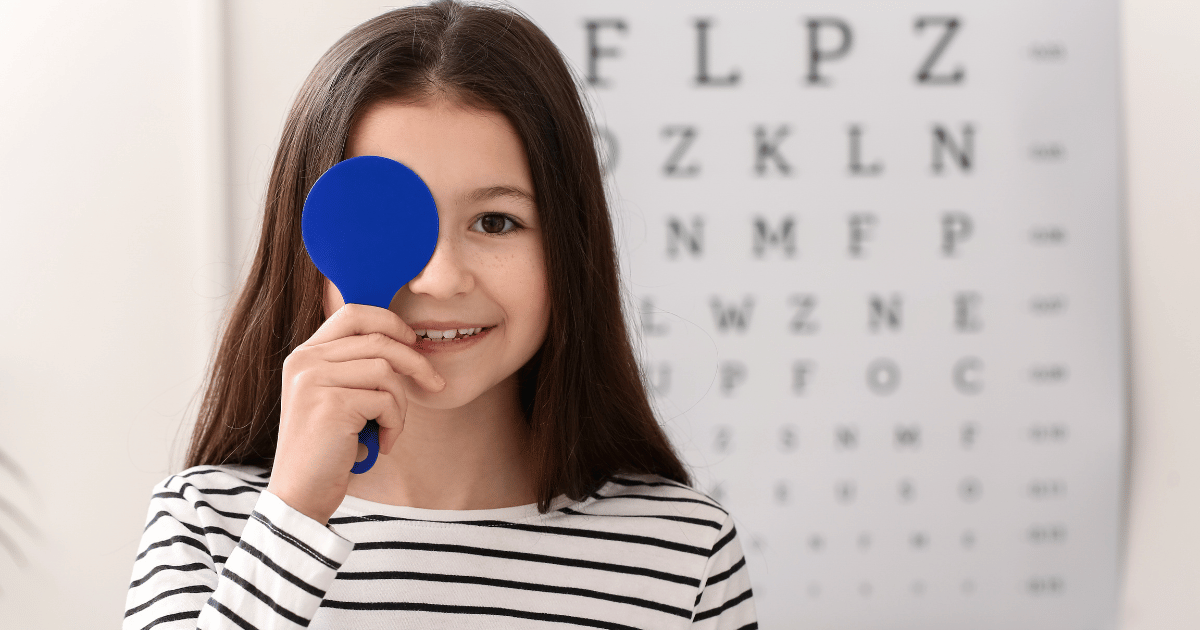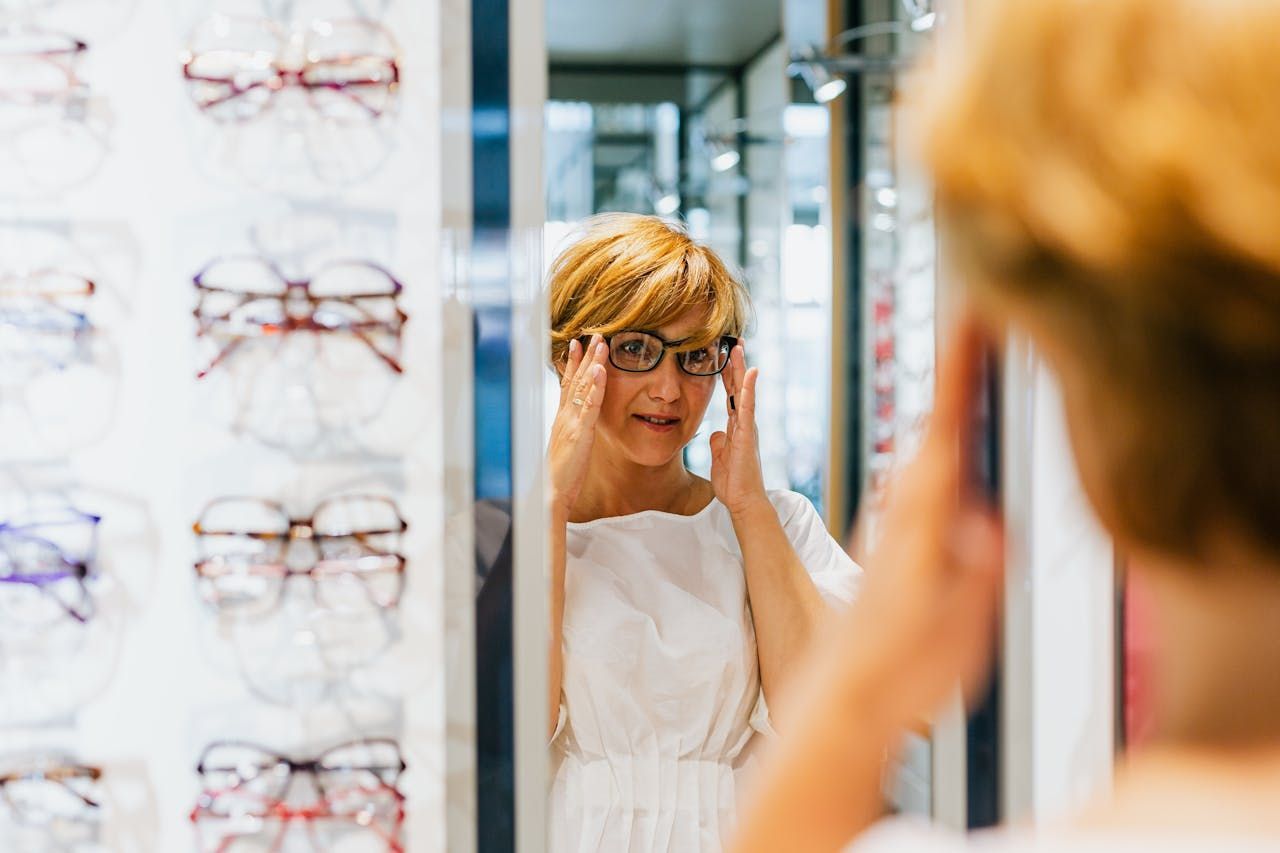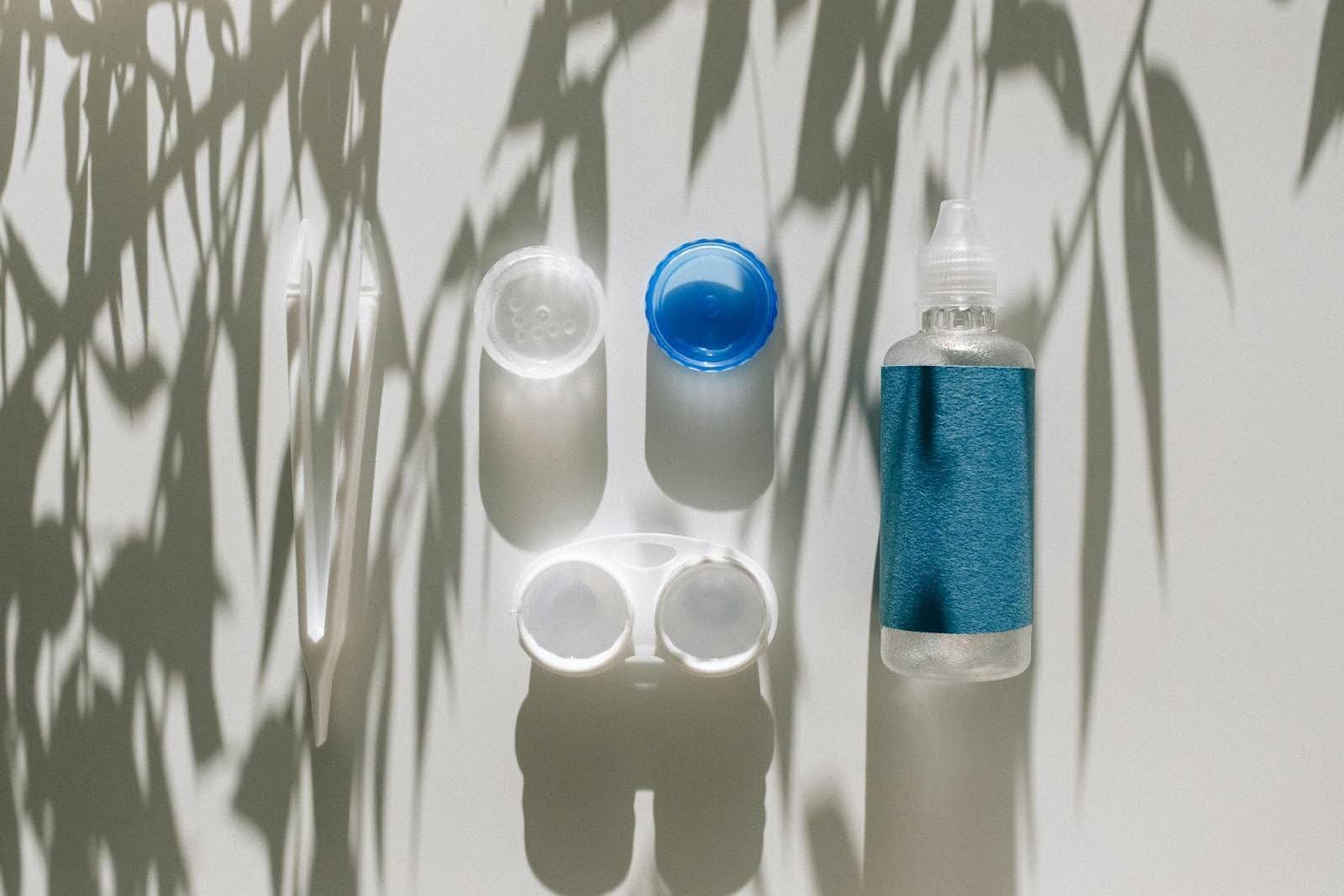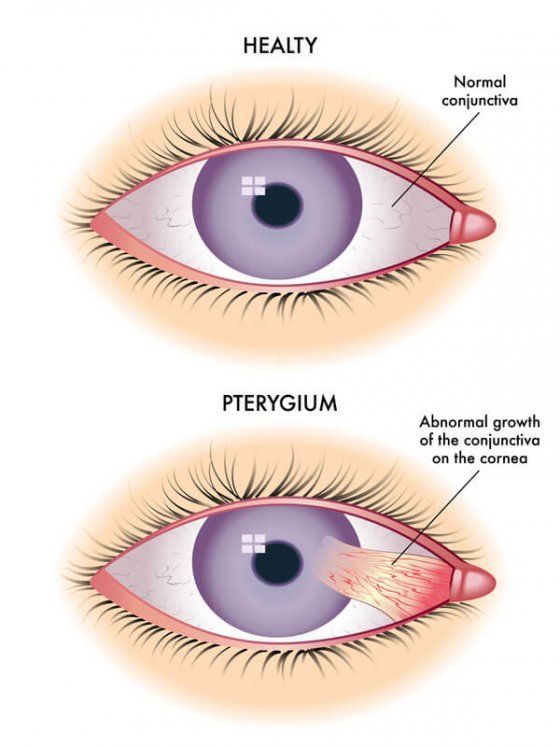How to put on and take off Contact Lenses 2024
- By Care Optics
- •
- 31 May, 2024
- •
Manual of how to put on and take off Contact Lenses
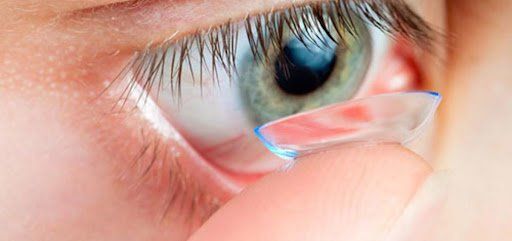
Contact lenses can make life easier too. If you or your children are active people that play sports, you certainly know by now that specs can be a little bit of an issue. Wearing contacts might be a more comfortable and safer way to do so. Nowadays, there are contact lenses for every one, from single vision, to multifocal and even to help children with Myopia Control!
If we managed to get you interested in contact lenses, why not give us a call and obtain more info about it? You can Find our contacts bellow the videos!
How do I maintain contact lenses?
Always wash your hands thoroughly with soap and water before handling your contact lenses. This will help to prevent the transfer of bacteria and other contaminants to your lenses.
Clean your contact lenses with a disinfecting solution as directed by your eye care provider or the lens manufacturer. There are different types of disinfecting solutions available, including multipurpose solutions, hydrogen peroxide-based systems, and enzymatic cleaners.
Rub and rinse your contact lenses with the cleaning solution for the recommended amount of time, and then place them in a clean storage case filled with fresh disinfecting solution.
Replace your contact lens case at least once every three months, or more frequently if it becomes damaged or discolored.
Avoid sleeping or napping while wearing contact lenses unless they are specifically designed for overnight wear.
Woodford
0203 551 6075
woodford@careoptics.co.uk
Dagenham
0208 592 6060
dagenham@careoptics.co.uk
Keep in mind: At Care Optics - Eye Care, We Care
Social Media:
- YouTube

We were honoured to once again be part of the Barking and Dagenham Chamber of Commerce Awards this year—a vibrant celebration of local enterprise, innovation, and community spirit. For the third time, we joined fellow businesses from across the borough to recognise the outstanding contributions being made to our local economy and community.
This year's event was particularly special for the Care Optics family. We were thrilled to be shortlisted for the Green Business Award, a recognition that speaks to our deep commitment to sustainability and environmental responsibility in all that we do.
The highlight of the evening was seeing our very own Director receive the prestigious Businessman of the Year award. This is an incredible honour and a powerful testament to his leadership, vision, and unwavering dedication to both our company and the community we serve.
A Legacy of Excellence
This year’s successes build on a proud history of recognition from the Chamber of Commerce. Our team’s dedication to excellence has been consistently acknowledged, and we are humbled by the commendations we've received over the years, including:
- Business of the Year (Winner, 2023)
- Employer of the Year (Winner, 2023)
- Training, Developing and Supporting Education (Winner, 2023)
- The Judges’ Award (2024)
- Customer Service
- Charity and Community Impact
- Innovation through the Use of Digital Media
Each award and nomination is a reflection of our team's collective hard work and our mission to deliver exceptional care and service. We believe a strong business is built on a foundation of community support, innovation, and a commitment to nurturing talent.
We extend our heartfelt congratulations to all the winners and nominees of the evening. We are inspired to be in the company of such incredible local businesses and look forward to many more years of growth, impact, and celebration within Barking and Dagenham.

As parents, we want to give our children every possible advantage—from a great education to a healthy diet and a safe environment. But one thing that often gets overlooked is their eye health. And when it comes to children’s vision, Myopia—commonly known as short-sightedness—is becoming more common than ever. At Care Optics, we specialise in Myopia Control, helping children maintain clearer vision and a brighter future.
Let’s explore what Myopia is, how to spot it in your child, and the amazing ways we can help manage and slow its progression.

Here at Care Optics, with our friendly teams in both Woodford and Dagenham, we're always on the lookout for the latest and greatest innovations to bring to your eyewear experience. And let me tell you, we're absolutely buzzing to announce our newest arrival: the revolutionary Ray-Ban | Meta smart glasses!
Imagine seamlessly blending iconic style with cutting-edge technology. Well, stop imagining, because these incredible glasses are here, and we're thrilled to be able to offer them to you. Get ready to step into the future of eyewear!

